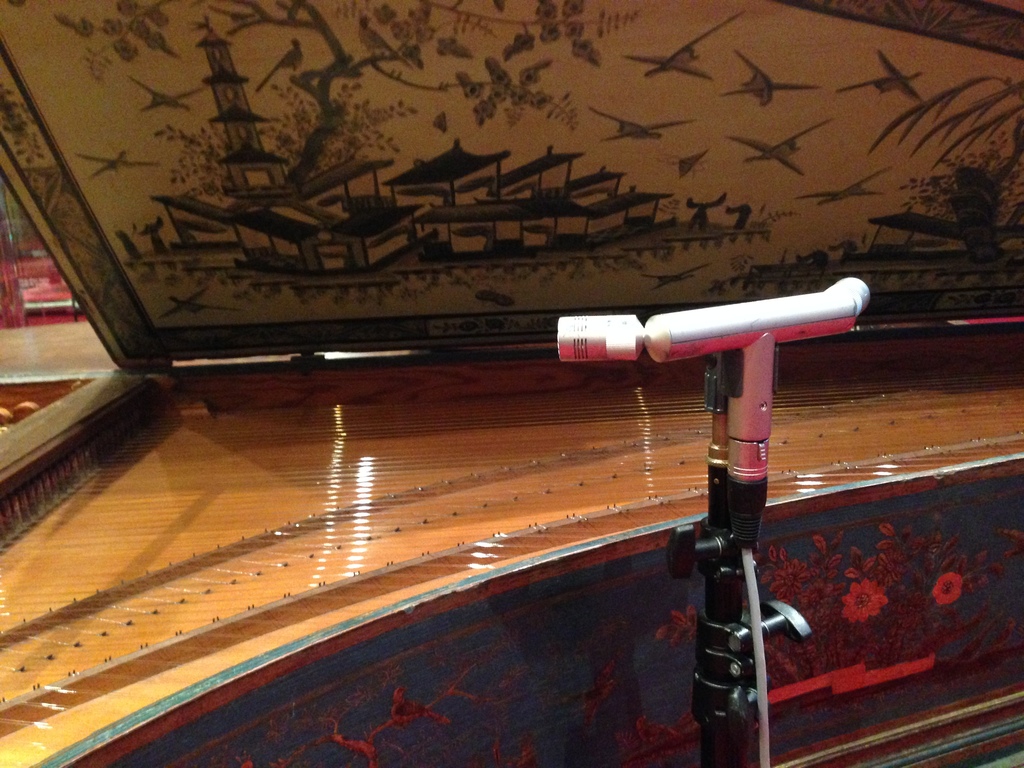
| Aquest instrument de Christian Zell es caracteritza per la seva decoració d'inspiració oriental (chinoiseries). Va arribar al Museu el 1947, provinent de la col·lecció d'Orsina Baget de Folch. La restauració realitzada el 1980 per Joan Martí ha permès recuperar l'excepcional sonoritat original de l'instrument, i el 2017 Paul Poletti i Fabrizio Acanfora van restaurar-ne el teclat substituint les làmines de les tecles (no originals) per làmines d'ivori artificial, fet amb proteïna de llet. El Zell es toca regularment en concerts i classes, i s'hi han fet enregistraments discogràfics. | This instrument by Christian Zell is characterised by its oriental-inspired decoration (chinoiserie). It arrived at the Museum in 1947, coming from the collection of Orsina Baget de Folch. The restoration carried out in 1980 by Joan Martí has allowed the recovery of the exceptional original sound of the instrument, and in 2017 Paul Poletti and Fabrizio Acanfora restored the keyboard by replacing the (non-original) key plates with artificial ivory plates made from milk protein. The Zell is regularly played in concerts and classes, and recordings have been made of it. |
From Wikipedia, the free encyclopedia:
Christian Zell (or Zelle) (c.
1683[1] - 13 April 1763) was a German harpsichord maker.
He was probably a pupil of harpsichord
maker Michael Mietke. The first mention of him is in 1722 in the register
of citizens of Hamburg, the city where he was to spend the rest of his
life. In that year, he took over the workshop of instrument maker Carl
Conrad Fleischer after marrying his widow; they had three children.
There are three of his harpsichords
surviving: a 1728 instrument in the Museum für Kunst und Gewerbe Hamburg;
a 1737 instrument in the Museu de la Música de Barcelona; and a
1741 instrument in the Museum of the Organeum in Weener, Lower Saxony.
They are noted for the richness of their decoration, with lacquered chinoiserie
typical of Hamburg harpsichords, and most significantly, their 'matchless
tone'.
